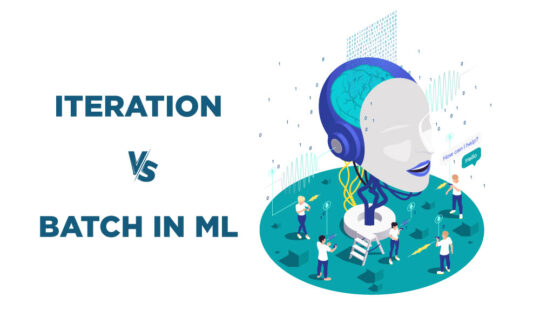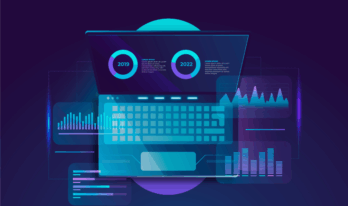For someone who is building their career in machine learning, the terms epoch machine learning, iteration and batch are very important. To become skillful in the same one must know the terms and commands in detail.
This blog discusses epoch ML, its examples, and its usage. Also, we tried to explain iteration and batch. Alongside this, we shall differentiate between epoch and batch.
What is Epoch in ML?
Machine Learning (ML) is one of the important branches of computer science and Artificial Intelligence (AI). The focus of ML is to use data and algorithms to empower AI to imitate the similar way that human beings learn and understand things and to gradually improve its capability to learn accurately.
One complete pass of the whole training dataset through the learning algorithm is called an epoch in the context of ML. In simple words, when completely all the data samples have been exposed to the neural network for learning patterns, then it is called as one epoch is completed. Epoch machine learning is a hyperparameter.
Advantages of Epoch Machine Learning
- With the help of epochs, one can train a model for a longer time, and this will lead to enhanced performance.
- Epochs allow us to track the progress of our model during training in the simplest way.
Disadvantages of Epoch Machine Learning
- When working with complex models or large datasets, at that time so many epochs of training a model can be computationally expensive.
- We cannot determine the optimal number of epochs for a given problem. This happens because that number depends upon the model’s complexity, size, and quality of dataset.
Example of Epoch in ML
Here, we will use an example to understand the concept of epoch.
Total number of training examples = 10000
Assume each batch size = 1000
The total number of Iterations = Total number of training examples/Individual batch size = 10000/1000
Total number of iterations = 10
1 Epoch = 10 Iterations
What is an Iteration?
The iteration can be defined as the total number of batches required to complete one epoch. Here, the number of batches is equal to the total number of iterations for one epoch.
What Is a Batch in ML?
In simple words, a batch refers to a set of samples used during the training of a model. The model is updated after every batch is processed.
Difference Between Epoch and Batch in ML
| Epoch Machine Learning | Batch Machine Learning |
| The total count of epochs lies between one and infinity. | The batch size is always equal to or more than one and equal to or less than the number of samples in the training set. |
| one full cycle through the training dataset is called the epoch. | A subset of the training dataset is called the batch. |
| It is an integer value | It is an integer |
| An epoch refers to the reading of a book cover to cover—going through all the data at once. | It refers to reading a book chapter by chapter—processing a smaller chunk of data at a time |
| If someone has a dataset of 1000 points and trains their model for 100 epochs, it means the model has seen the entire dataset 100 times. | If someone has a dataset of 1000 points and a batch size of 10, they will train the model on 10 points at a time, update the weights based on those 10 points, and repeat this process for all batches. |
Use of Epoch in ML
In ML, epochs play an important role during training. One complete pass through the entire training dataset is represented by the epoch.
It permits the model to learn from the entire data iteratively, refining its parameters. The purpose of epochs includes convergence, stability, and generalization.
The right number of epochs leads to avoiding underfitting or overfitting.
Summing up!
An epoch machine learning represents one complete pass through the entire training dataset. It is important for training models as it allows iterative learning and parameter refinement.
Also remember that while epochs enhance model performance and track progress, they can be computationally expensive for complex models.
We hope this blog helps in understanding the terms epoch ML, iterations, and batch. For more informative content, visit us at WisdomPlexus!
Recommended For You:





